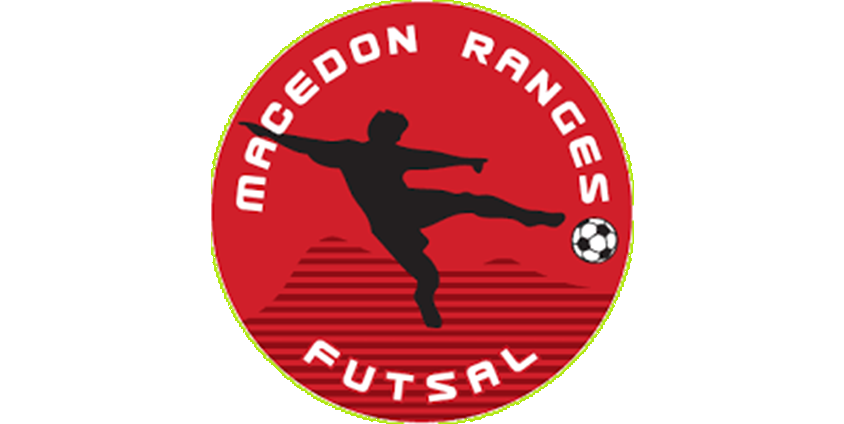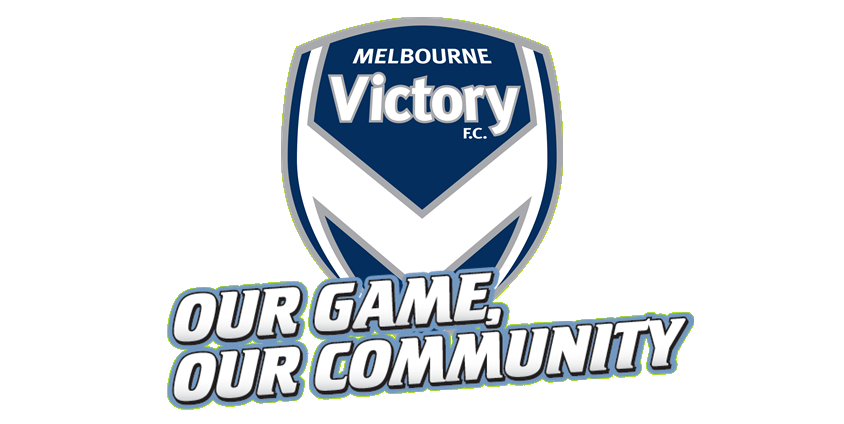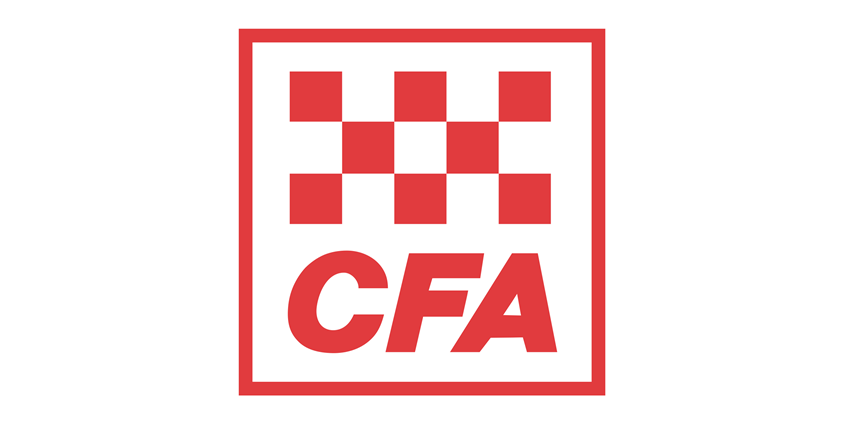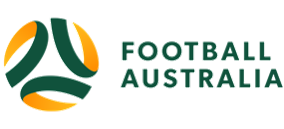it started out with a kick, it was only a kick…
Dedicated volunteers who formed the Gisborne Junior Soccer Club introduced soccer in the Gisborne area in 1998 in the VSF ‘Goalkick’ Program, a program designed to develop and provide opportunities for players aged between 5 years and 10 years. There were 38 players entered in the program.
In 2001, following the increase in participation on the Goalkick program, the soccer club joined the Victorian Soccer Federation and entered three teams. The club also conducted an indoor soccer league at the Gisborne High School for U14 to U18 players.
In 2003, the first all girl team was introduced with nine teams being entered in Victorian Soccer Federation competitions, including our first junior girls team.
By 2005 numbers were again increased and 15 teams were entered in Victorian Soccer Federation competitions including three girl teams and an Under 18 boy’s team. The Under 18 boy’s team competed favourably with the ‘giants’ of the State League such as Green Gully, Melbourne Knights etc.
2006 saw a slight reduction in the number of teams entered (11 teams), as older players started moving to clubs which fielded senior sides. This however did not affect the quality of soccer being played as in 2007 four of our 12 teams (U11, U15, U18 Boys & U18 Girls) were runners up in their respective leagues, the highest any team had finished at the club to date.
2008 gave the Club it's first silverware, as the U13's & U14's were both crowned champions and promoted in their leagues.
2009 & 2010 saw numbers again dwindle to only being able to field eight teams, the lowest number since 2002. This was due mainly to older boys leaving for other clubs in search of senior games, the oldest age group for boys in 2009 was U15's, then U16's in 2010. The shinning light of 2010 was the U12's who finished runners up and won promotion.
In 2011 we moved into a new era. We established ourselves as a Senior club as well as a Junior club by entering teams in the Men and Women’s competition for the first time. Our Senior Mens won the Championship in their first season. Numbers were only slightly increased, with nine teams entered into competitions.
2012 saw Gisborne Soccer Club record it's then highest membership number and was able to field 13 teams, our second highest number in our short history. The Monday Afternoon program grew, boys U18's were back for the first time since 2007, we were also proud to field our first ever sub-junior girls team. The Senior Womens fielded two teams for the first time, with the West division having success finishing Runner-Up.
In 2013 we celebrated 15 years by heading back to our roots with a “MiniRoos” non-competition program re-introduced for Saturday mornings. Our teams that were playing in FFV competitions wore kits that included a replica of our first ever home shirt.
2016 saw our Senior & Reserve Men’s teams switch to Saturdays to compete in the FFV State Leagues, the aim was to attract former players back to the club as well as ensuring we have a better pathway for our Juniors to play a high standard of football without having to move to another club. A new pavilion was built at Dixon Field, and the club invested heavily in new equipment replacing our ageing goal frames.
2018, our 20th year, saw both our Senior Men & Senior Womens teams promoted, as both finished runner-up in the respective leagues; while our Boys 16’s won their league.
In 2019 our Girls 15/16 team finished top of the league playing an undefeated season. 20 teams took the field in season 2019, the ever growing number of participants saw more investment being made around the club, with upgrades to our benches & a new equipment shed being built. We also introduced, thanks to our sponsors, the SALT (Sport And Life Training) Program, the aim of which is to ensure we helping our kids be the best they can be both on and off the field.
Our logos
The Numbers
1998 - 0 teams
'Goalkick' program with 38 players
2001 - 3 teams
3 boys teams + 'Goalkick' program
2003 - 9 teams
8 boys* + 1 girls
2005 - 15 teams
12 boys* + 3 girls
2006 - 11 teams
9 boys*: U8, U9, U10(2), U11, U12, U14, U16, U18
2 girls: U14, U16
2007 - 12 teams
10 boys*: U9, U10(2), U11(2), U12(2), U13, U15, U18
2 girls: U15, U18
2008 - 10 teams
8 boys*: U9, U10, U11, U12(2), U13, U14, U16
2 girls: U16, U18
2009 - 8 teams
7 boys*: U10(3), U11, U13, U14, U15
1 girls: U18
2010 - 8 teams
7 boys*: U9, U11(2), U12, U14, U16(2)
1 girls: U18
2011 - 9 teams
8 male*: U9(2), U11, U12, U13, U16, Senior Men(2)
1 female: Senior Women
2012 - 13 teams
10 male*: U8, U9(3), U10, U12, U12, U18, Senior Men (3)
3 female: U9, Senior Women(2)
2013 - 12 teams
8 male*: U8, U9, U10, U11, U13, U14, Senior Men(2)
4 female: U9, U11, Senior Women(2)
2016 - 19 teams & MiniRoos 382 players
14 male: U8(2), U9, U10(2), U11, U12(2), U13, U14(2), Senior Men(3)
5 female: U9, U10, U12, U16, Senior Women
2019 - 20 teams & MiniRoos 384 players
15 male: U8, U9, U10(2), U11(2), U12, U13(2), U14, U15, U16, Senior Men(3)
5 female: U9, U10, U12, U13/14, U15/16
2020 - No season due to global pandemic
*includes mixed boys & girls team up to U14. 2015 onwards saw enough players for girls and boys only teams

























